Senem Oezdogan’s work is a meticulous exploration of form, color, and dimensionality, where precision and intuition converge. Rooted in a deep understanding of spatial relationships, her paintings balance sharp geometric compositions with softness, creating an interplay between structure and fluidity. Drawing inspiration from architecture, textiles, and the subtle gradations of light and shadow, Oezdogan crafts surfaces that shift between the graphic and the tactile, the minimal and the immersive.
In this conversation, we delve into her artistic process, material choices, and the conceptual frameworks that guide her practice and the works in her most recent exhibition Wandering In Reverie.
Brooklyn-based artist Senem Oezdogan, originally from Germany, holds an M.A. from Ludwig Maximilian University of Munich and is a graduate of the Fashion Institute of Technology in New York. Her work is included in prominent collections such as Sotheby’s, Bank of America, and The Barings Art Collection.
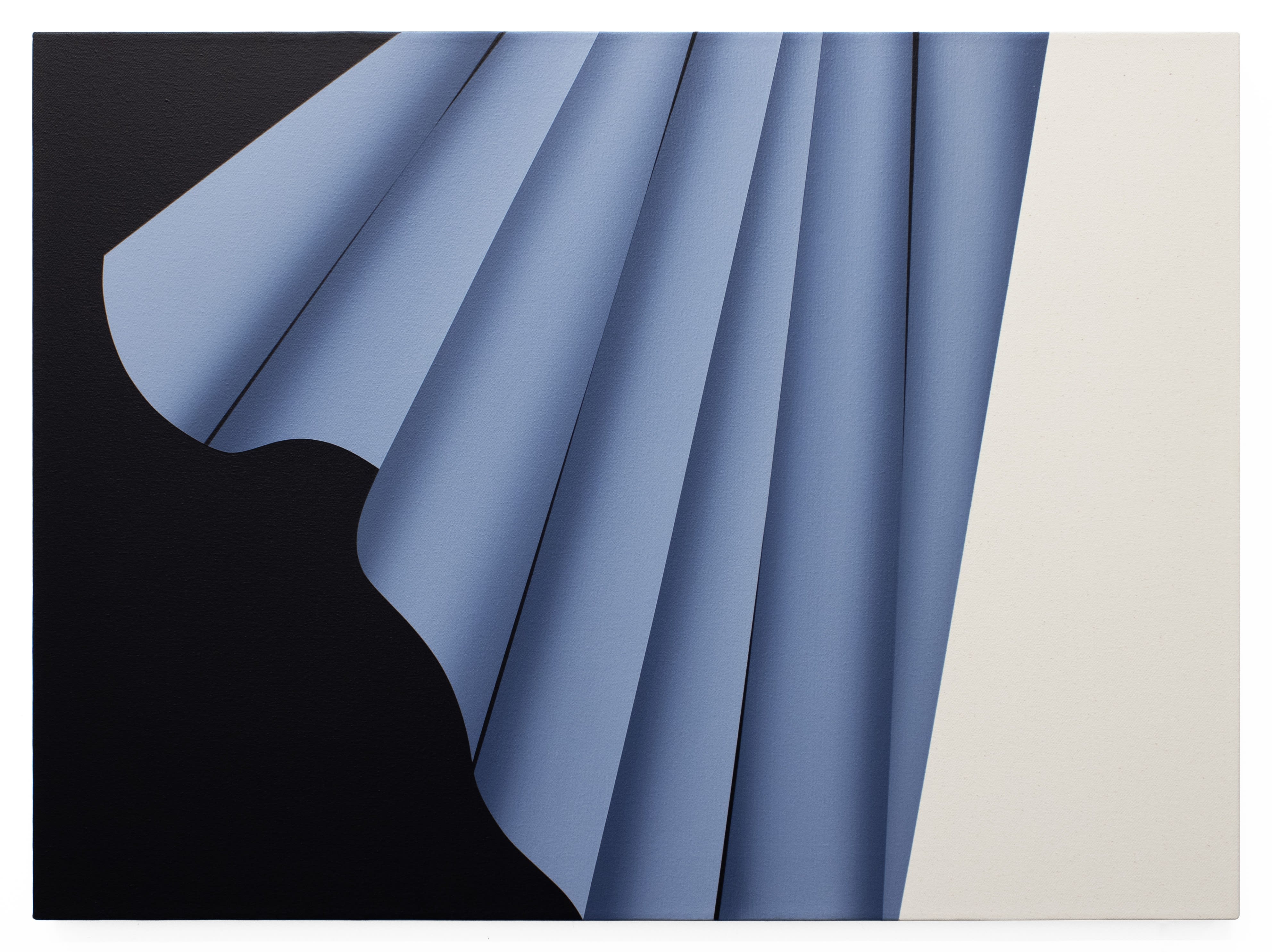 Comfort of Form, 2024
Comfort of Form, 2024
A+W: Can you tell us about this new body of work? What was the starting point for the series?
OEZDOGAN: The "Fold Theory" developed by philosopher Gilles Deleuze served as the inspiration for this body of work.He saw the world not as static, but as a repetition of curves and bends, constantly flowing into each other and making up everything we see and know. The world appears to us as an endless sequence of interconnected curvatures, or inflections folding forward and backwards with an underlying force molding and creating things. Each fold creates new patterns, new relationships, new ways of being. The boundary between what's hidden and what's visible blurs, shifts, and transforms. Throughout this dynamic folding and unfolding process, the folds continue to repeat themselves, producing an endless repetition of inside and outside. Through a shift of viewpoint, the inside will ultimately become the outside. As a result, the fold becomes expressive matter and new harmony is created.
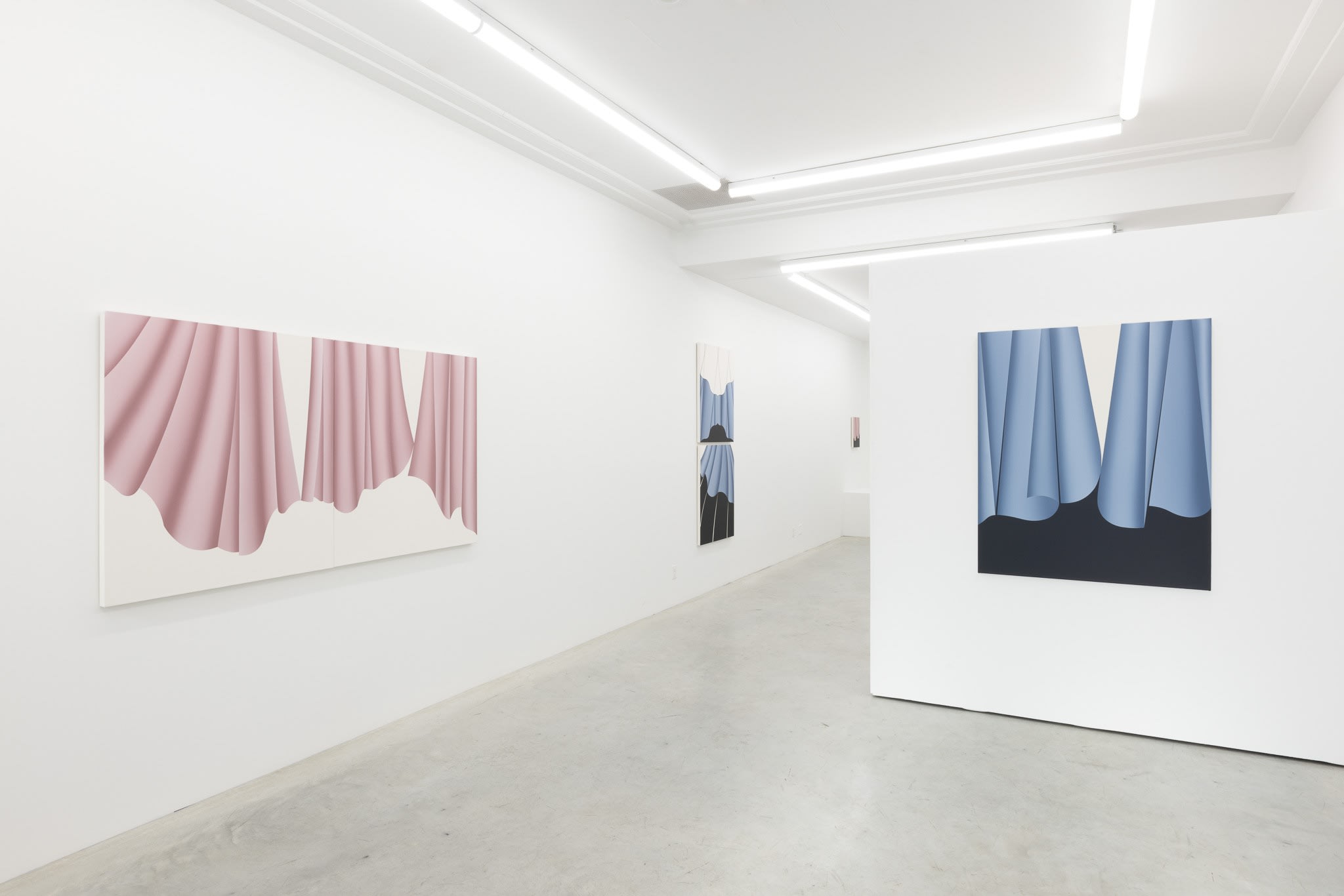
Installation view, Wandering in Reverie
A+W: How does this series differ from your past work, and what elements have remained consistent?
OEZDOGAN: In early pieces, I was very focused on mastering the medium and was looking for solutions to cope with the limitations and possibilities of acrylic paint. That period of experimentation fundamentally shaped my current approach to painting. While I continue to refine my technique, revisiting these pieces offered an important reminder: each stage of artistic growth has its own distinct value. Mastery isn't a destination but a series of challenges, each one building upon the last and all these individual peaks and valleys offer new perspectives. I constantly revisit old sketches and ideas in the studio - despite their imperfections - or perhaps because of them there is always an urge to reinvestigate. Solutions that remain elusive today may become apparent as one's perspective changes over time.
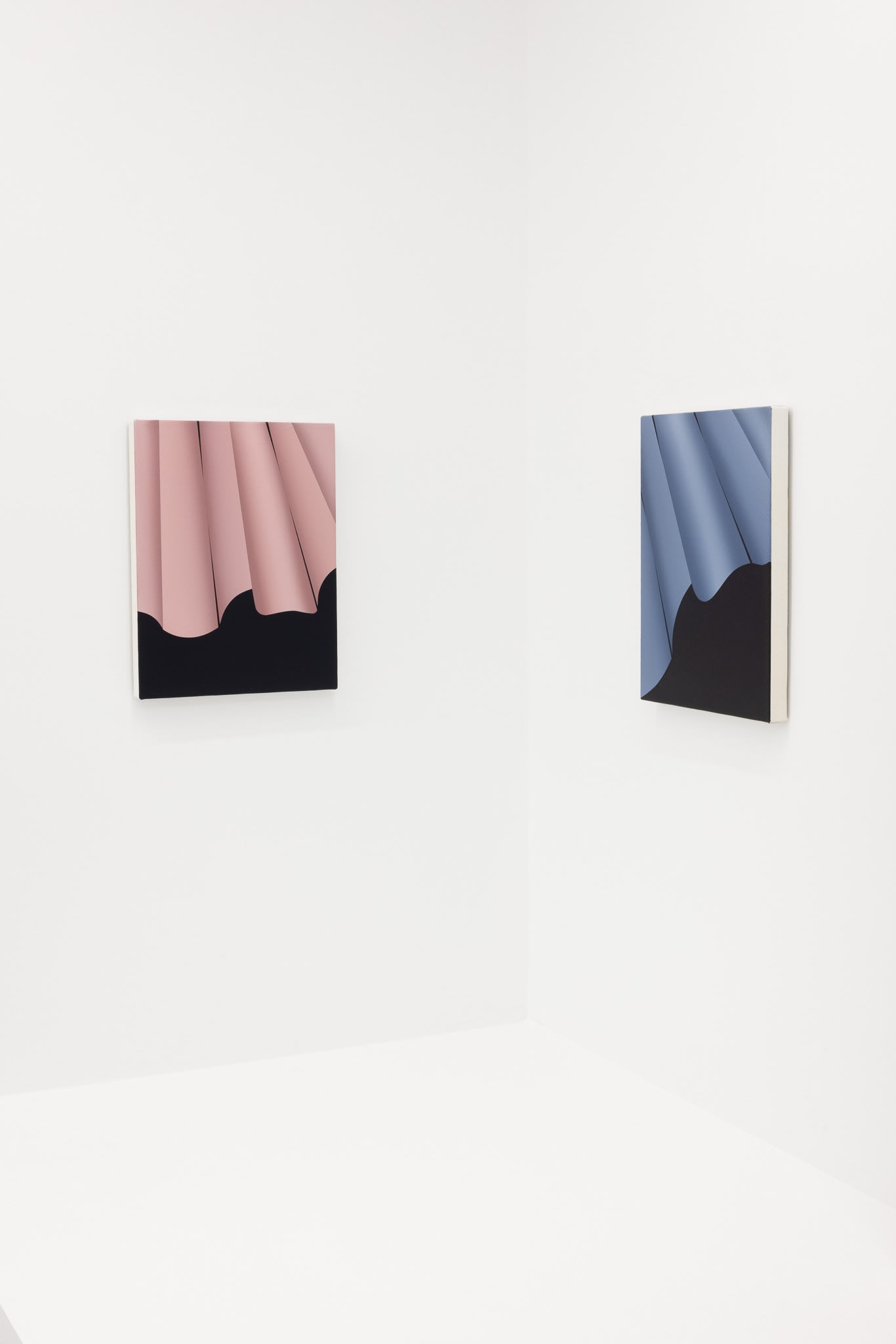
Installation view, Wandering in Reverie
A+W: In your piece, The Spectacle, the absence of black—so prominent in the rest of the works in the show—stands out. Was there a specific moment in your process that led to this shift, making this work distinct yet still connected to the series?
OEZDOGAN:
The removal of black from these compositions fundamentally alters their spatial dynamics. Forms previously suspended in pictorial space now appear to surrender to gravitational force, and the folds feel earthbound as if they're about to settle heavily at the bottom of the canvas. I wanted to investigate how the absence of black changes how we read the painting.
Black is such a powerful tool - it carves out pockets of space by creating "dimensional doorways"—spaces that invite exploration beyond the canvas's physical limits. It lets the eye travel deeper into the artwork and draws the viewer in by transforming two-dimensional surfaces into windows of infinite depth. Once this element is removed the composition becomes more planar, more literal. Forms that previously felt suspended now appear anchored. The visual experience shifts from one of spatial exploration to one of surface observation. Instead of being drawn into these dimensional pockets the viewer's eye is now directed across the surface. This grounding effect alters how we engage with the work. The result is a more constrained visual experience. I really enjoyed exploring both ends of this spectrum - the static, grounded quality as well as the realm of imagination that black so effortlessly evokes.
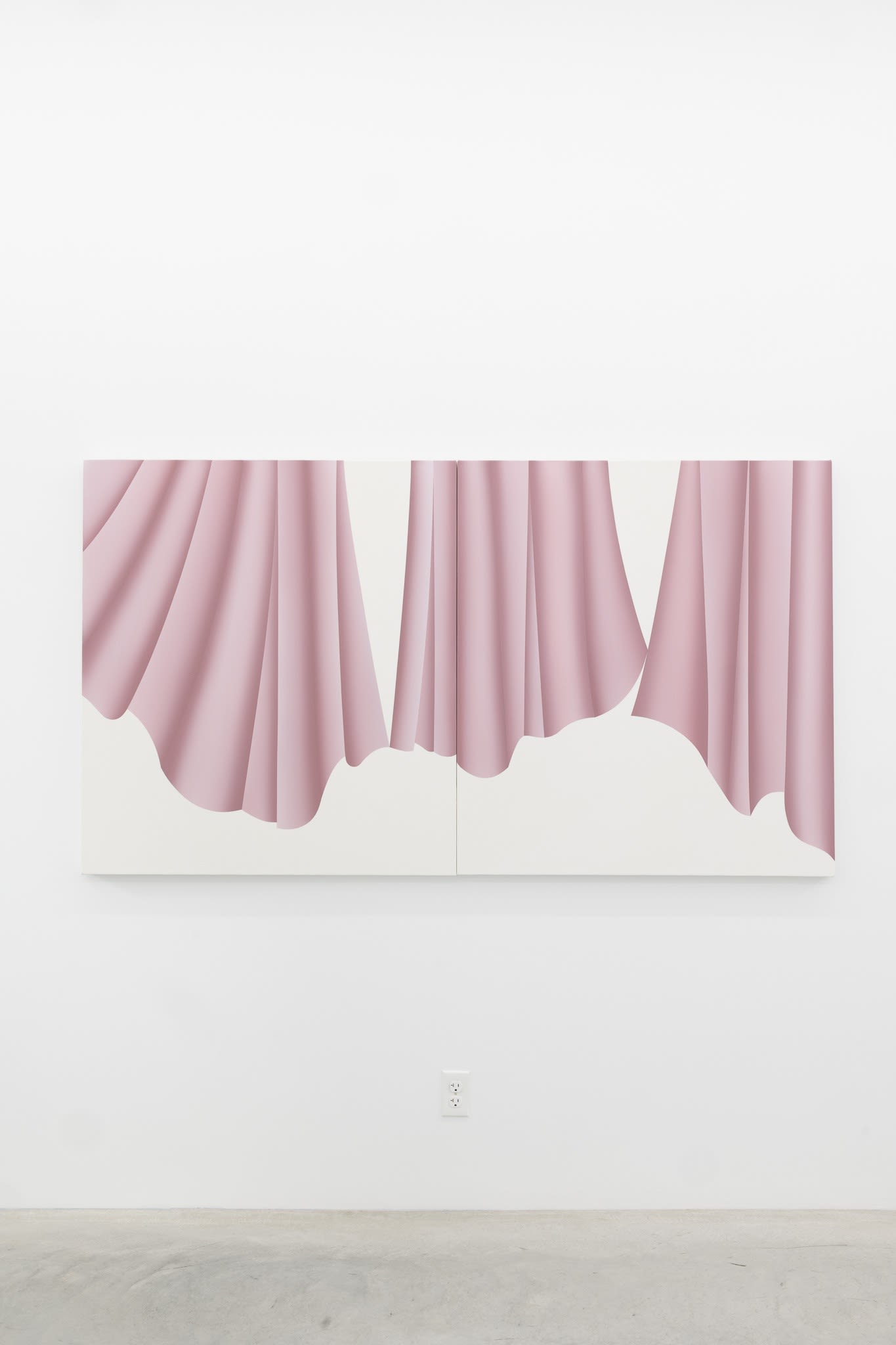
The Spectacle, 2025
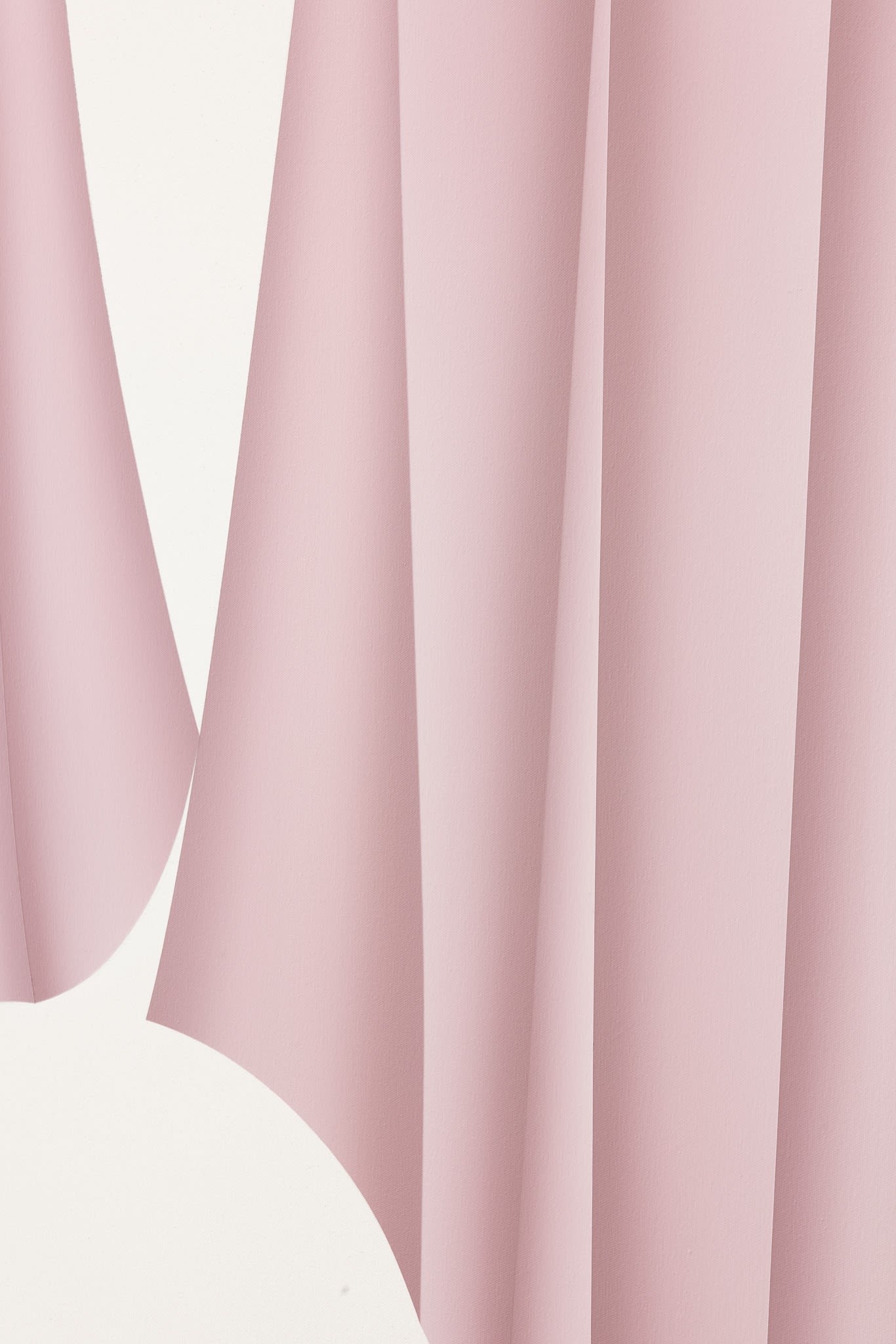
Detail of The Spectacle, 2025
"THROUGH THE EXPLORATION OF COLOR RELATIONSHIPS, FORMAL COMPOSITION, AND TONAL CONTRAST, MY WORK INVESTIGATES THE COMPLEX PHENOMENA OF OPTICAL PERCEPTION." - Oezdogan
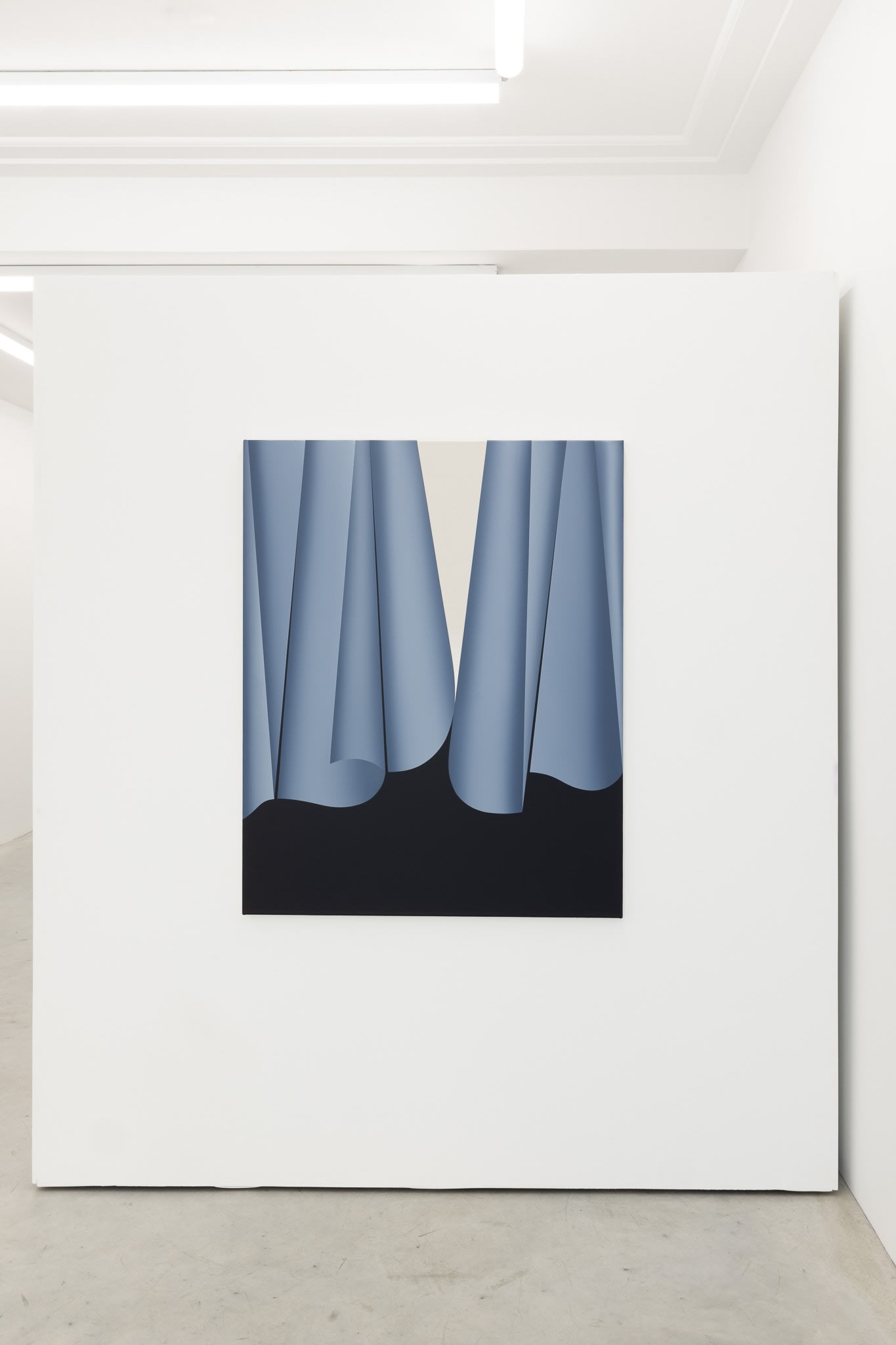
Chance Meeting, 2024
Each artwork emerges from a series of interconnected linear studies, where curves serve as the basis for the development of the folds. Through the layering of convex and concave elements these initial gestures evolve into more complex structures.


In The Realm of Possibilities, 2025
"Through the layering of convex and concave elements these initial gestures evolve into more complex structures." -Oezdogan
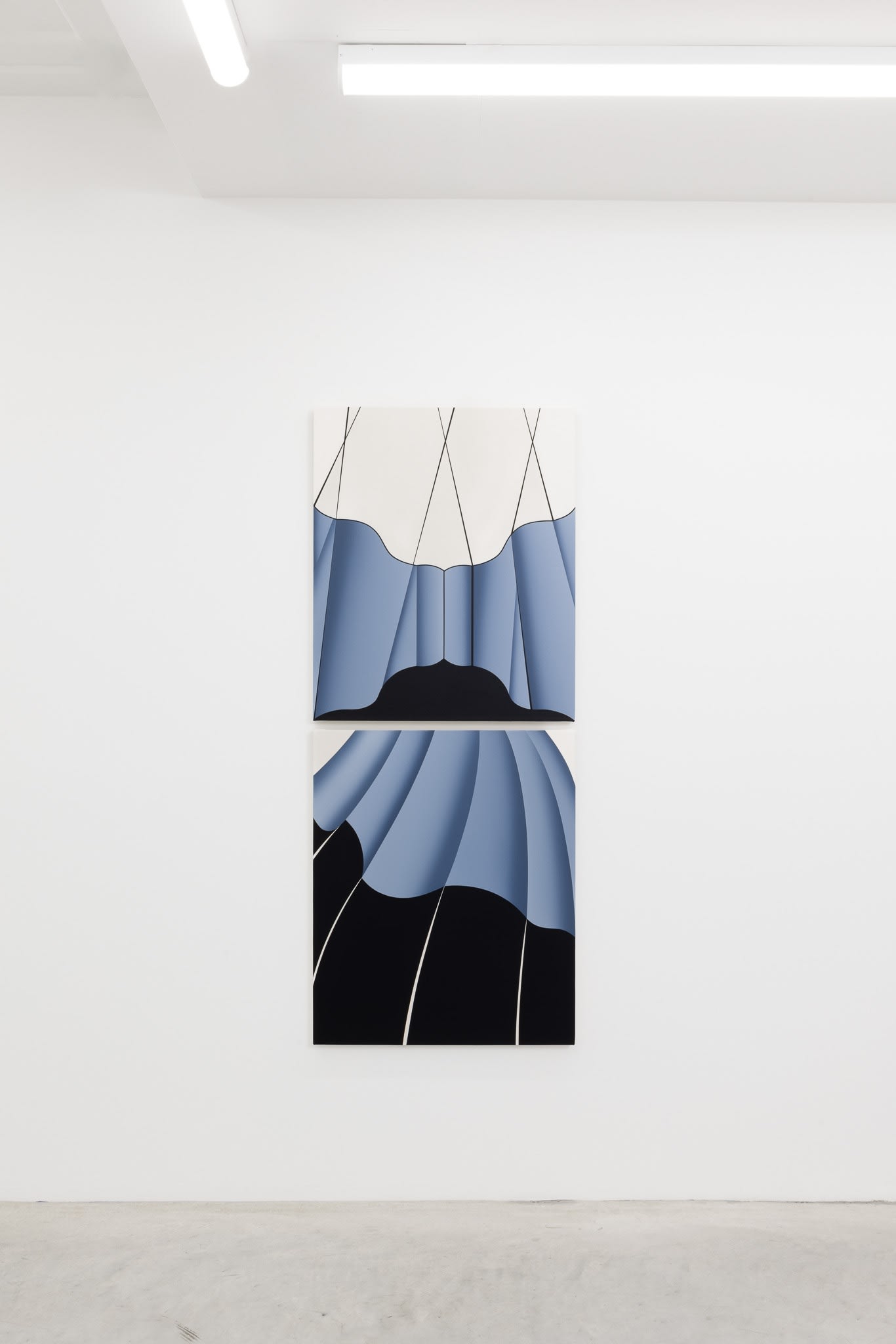
A+W: Light and shadow play a key role in your work - how do you approach creating depth and dimension within a flat surface? Do you draw inspiration from specific art movements or artists?
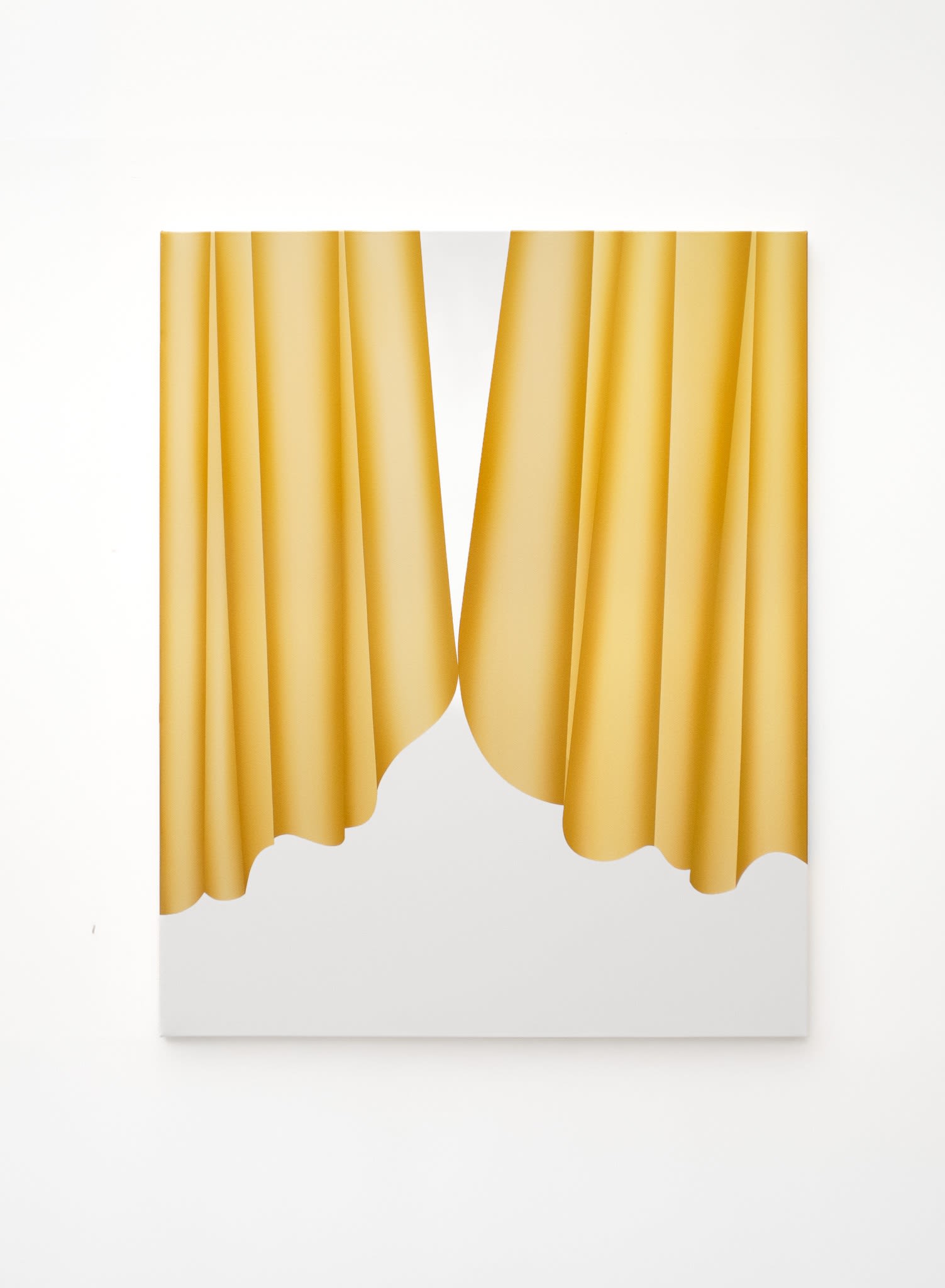
Space Fox, 2025
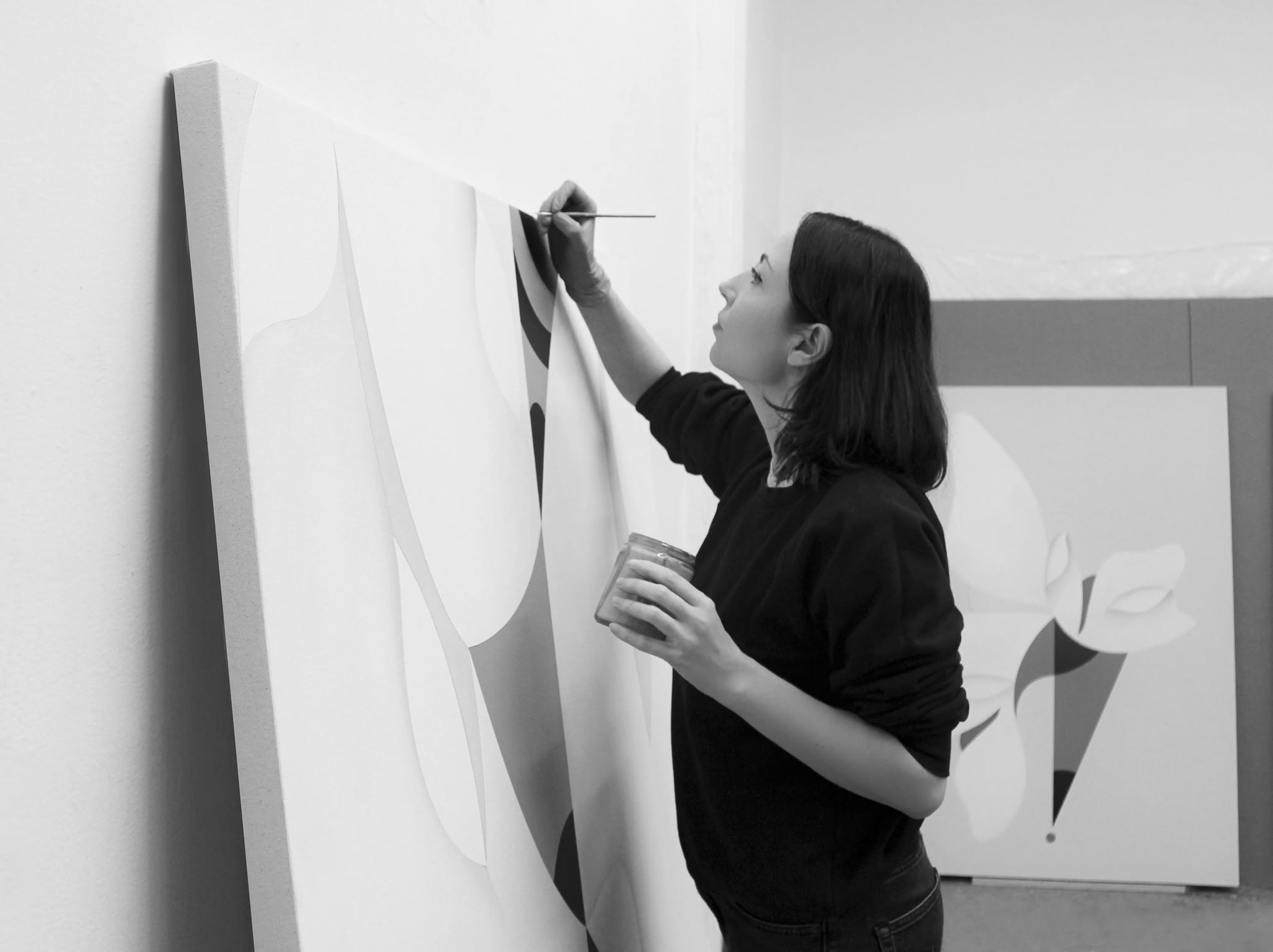
Senem Oezdogan in studio
Oezdogan's work is featured in a two-person show at the gallery, Wandering in Reverie, alongside Graziella Guardino from Jan 10 - Mar 1, 2025.
For more information on available works by the artist, contact gallery@ardenandwhitegallery.com

